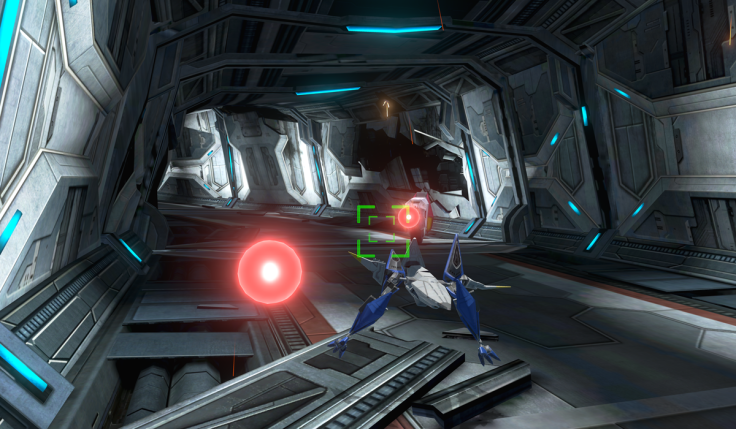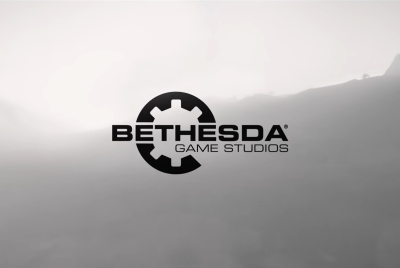Star Fox Zero Preview: Nintendo's big hope for 2015 feels lightweight and dated

Star Fox Zero is Nintendo's biggest game of the forthcoming Christmas period, a mantle it inherited once the powers that be decided The Legend of Zelda would be delayed until 2016. With its new status in the Wii U line-up has come an extra level of scrutiny that, on the evidence of this E3 demo, it possibly wasn't prepared for.
Star Fox Zero plays like the classics of the series – Star Fox on Super Nintendo and Lylat Wars on N64 – with on-rails skirmishes in Fox McCloud's Arwing spacecraft giving way to open areas with free "all-range mode" movement.
It feels quintessentially Star Fox too, offering up the kind of nostalgia Nintendo has been trading on for years. The levels IBTimes UK played at Nintendo's recent post-E3 event were deliberately familiar, with the green pastures, blue skies and recognisable architecture of the series' most iconic levels.
The thrill of previous games is diluted by the control scheme, however, which makes full use of the Wii U's motion-control Gamepad. Players move with the left stick, control speed with the right and aim with the built-in gyroscope. The screen on the Gamepad shows a first-person view from the cockpit that doesn't always align with what's on the television.

This all creates a strange disconnect which left me feeling disorientated at times, but the game's slow speed helped prevent it from becoming game-ruining. That said, the same sluggish speed became irritatingly constricting when I had the game under control. Previous games moved at speeds the hardware would allow, now it just feels detrimental to the combat around which the game revolves.
With more time it's entirely possible that players will get used to the controller set-up, but even so Nintendo has confirmed that, like Splatoon, the gyroscopic controls can be switched off. Unfortunately we weren't able to try this out during the demo.
At the end of the first stage was an open area with multiple threats culminating with a boss. This could be taken down either by traditional shoot-the-thing means or by flying inside it and transforming the Arwing into a chicken-like walker, which enters its own boss fight within the larger boss and to the same ends.
Hopefully other transformations – the Landmaster tank, its briefly-flying alternate form and the drone-like gyrocopter – offer more interesting alternatives to the recognisable core game.
A later level showed off free-flight again, this time with a space-set dogfight. Despite it being space, the play area was disappointingly small. I found the edges and was turned back three or four times during the five minutes or so it took to complete the stage. It was still the highlight of my time with the game however, and once again proved how dated the on-rails sections felt to me.
Looks obviously aren't everything in gaming, but Star Fox Zero's visuals still left a lot to be desired. The Wii U may be the least powerful console on the market but first party Nintendo games routinely look smashing, and on this evidence Star Fox bucks that trend. The environments were dishearteningly flat, lacking in detail and lifeless – looking about a generation out of date.
After the demo finished I was left wondering whether this is really what Star Fox should have become. It's no surprise the all-range mode portions of the game were the most fun, as these were much closer to modern expectations of what an aerial combat game should be.
The series at its best has been on-rails, but didn't it always long to be set free? It's entirely possible this demo was familiar by design, saving its innovation and the influence of co-developers Platinum Games for a later date. I hope so, as Star Fox deserves better than a barrel roll down memory lane.
For all the latest video game news follow us on Twitter @IBTGamesUK.
© Copyright IBTimes 2025. All rights reserved.


















